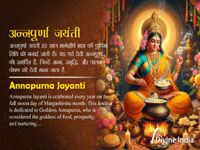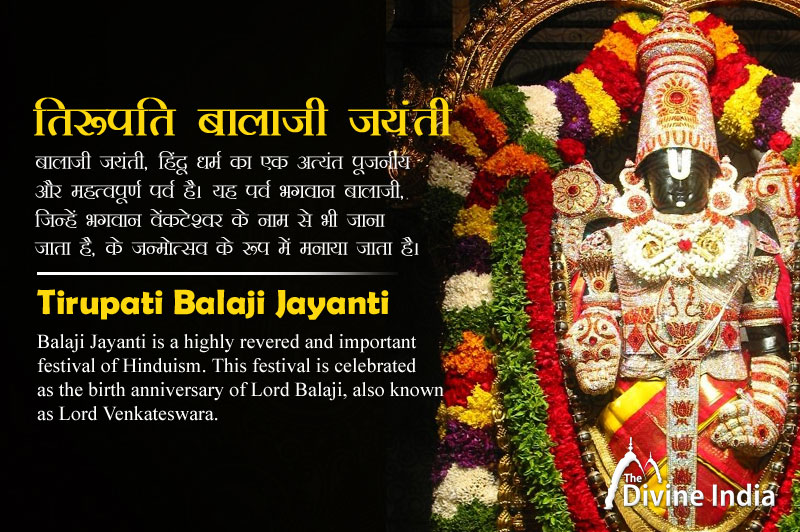

Awad Mata or Hinglaj Mata is the family goddess of the Bhati dynasty in Jaisalmer, Rajasthan. Awad Temple is the temple of Mata Tanot Rai (Awad Mata), located about 130 km from Jaisalmer in the Indian state of Rajasthan. Awad Mata Temple is also known as Tanot Mata or Hinglaj Mata. Tanot Mata is considered a form of Goddess Hinglaj Mata. Hinglaj Mata Shaktipeeth is currently located in Laswela district of Balochistan province of Pakistan.
Bhati Rajput King Tanurao had made Tanot his capital. He installed the idol by building a temple of Mata Tanot Rai in Vikram Samvat 828. The people of Bhati dynasty and the surrounding areas of Jaisalmer continued to worship Tanot Mata from generation to generation with immense devotion. Later Bhati Rajputs shifted their capital from Tanot to Jaisalmer but the temple remained in Tanot. This temple of Tanot Mata has always been a revered place for the local residents, but after the miracles shown by the Goddess during the Indo-Pakistani War in 1965, it became a special center of reverence for Indian soldiers and Border Security Force personnel. Awad Mata Temple became famous all over India after the India-Pakistan war. Now this temple is not only the center of devotion of the Indian soldiers but has also become a special attraction for the devotees of the mother.
Maa Hinglaj, pleased with the seven journeys made by Charan of Sauva branch, a resident of Bhad Pradesh (Jaisalmer-Barmer region), to have a child, appeared and asked him to ask for a groom. On Mamadji's demand to have a child like Maa Hinglaj, Mataji promised to appear herself in the form of seven daughters and to have a son. This is a matter of the ninth century. According to the promise, Uyyatde (Awad ji) was born from the infatuation of Mamad ji's wife Mohavritti Mehdu Charani, after that six consecutive daughters and one son Mahirakh were born. These seven sisters remained Brahmacharini for life and were worshiped as Shakti Avatar. Among the Kshatriyas of Rajasthan, Awadji etc. many Charan Lokdevis are worshiped in the form of Kuldevi-
Avaḍa tuṭhī bhāṭīsa, kāmī gauḍ'̔āha.
Śrī biravāḍa sēyōdiyāṁ, karaṇī rāṭhōḍa.
By killing the infamous fifty-two Hun demons of his time, Mahashakti Awadji freed the common man from the terror of the Asuras, hence his 52 Pavadas, 52 Temples, 52 Orans and 52 names (Shri Aai Maa, Abbatde, Ayal, Maadachyan, Girvarrai, Saunaya, Ahiyan, Panodharrai, Chalrai, Jalrai, Binjhasani, Jhoomarkerai, Mamdiyasdhu, Ashapura, Shri Awad, Baiyan, Ainath, Mansariya, Nagneji, Katiyani, Bhojasari, Uparlyan Dhaniyan, Mamdayai, Madhrai, Pinotania, Motiyanli, Dungreyan, Sahangyaji, Ghantilali, Parevariyan, Tanotiya, Tanotrai, Bhadariarai, Kale Dangarrai, Degrai, Sabadamharai, Chelakrai, Madechi, Chakresi, Undhechi, Arambarai, Saptamatrika, Danugarai, Chchchundere, Temdarai, Manrangthalrai, Chalaknarai, Chalaknechi, Juni Jalari Dhaniyani, Beejhanoti and Thalrai) are famous. It is believed that after a long life, the seven sisters disappeared in the west by meditating on Maa Hinglaj while sitting on the Tarangshila of Temda mountain in front of the common people.
Shri Awad Mata is considered to be full of Hinglaj and other goddesses are considered as anshvatars in recognition of Navlakh Lovediyal incarnation in Charan clan.
Ōm bihārī yuṁ ākhā'ī, saṅgata diyā sadbud'dhā.
Āvaḍa rā jō uccharā'ī, bāvana nāma śud'dha.